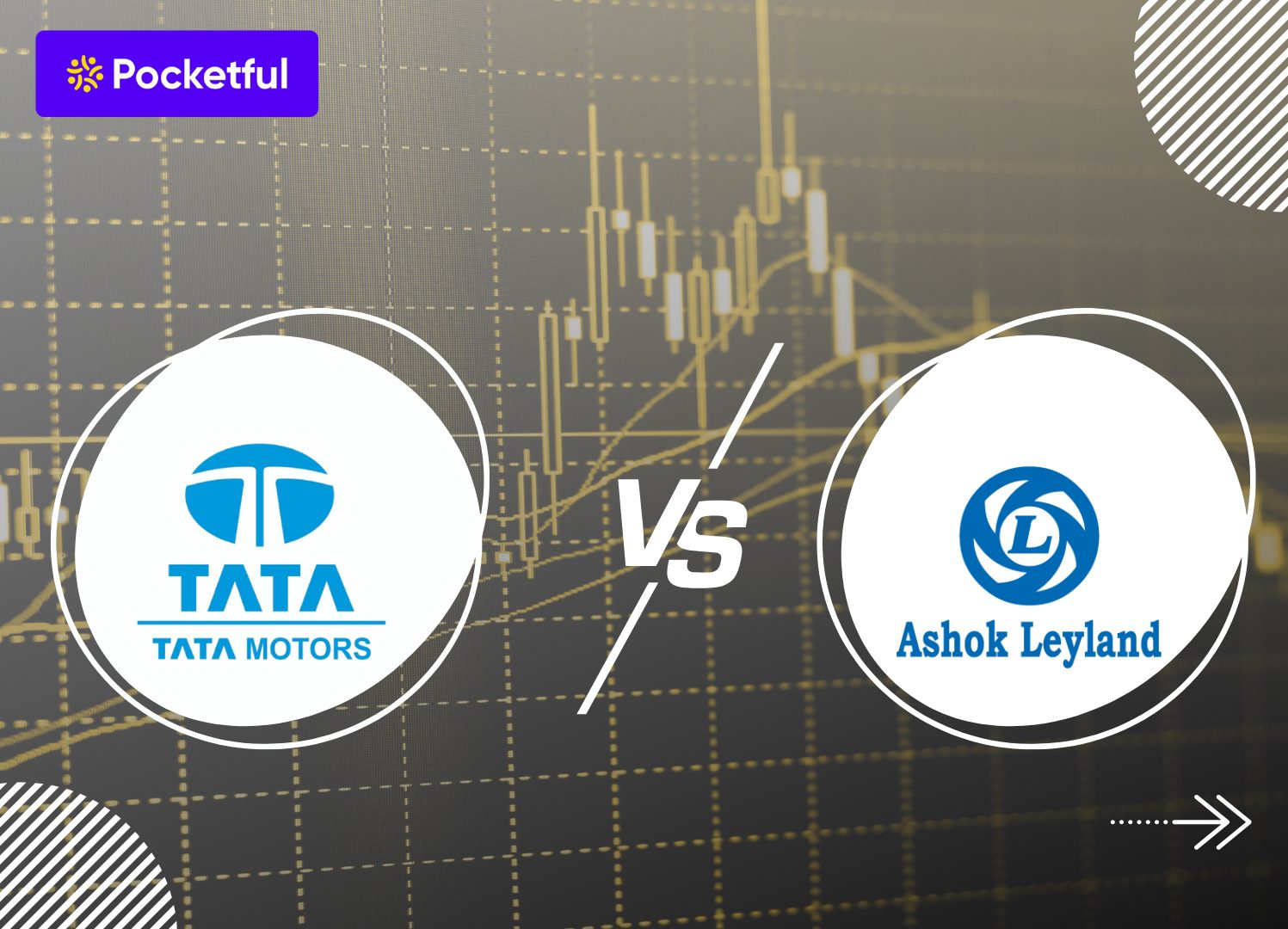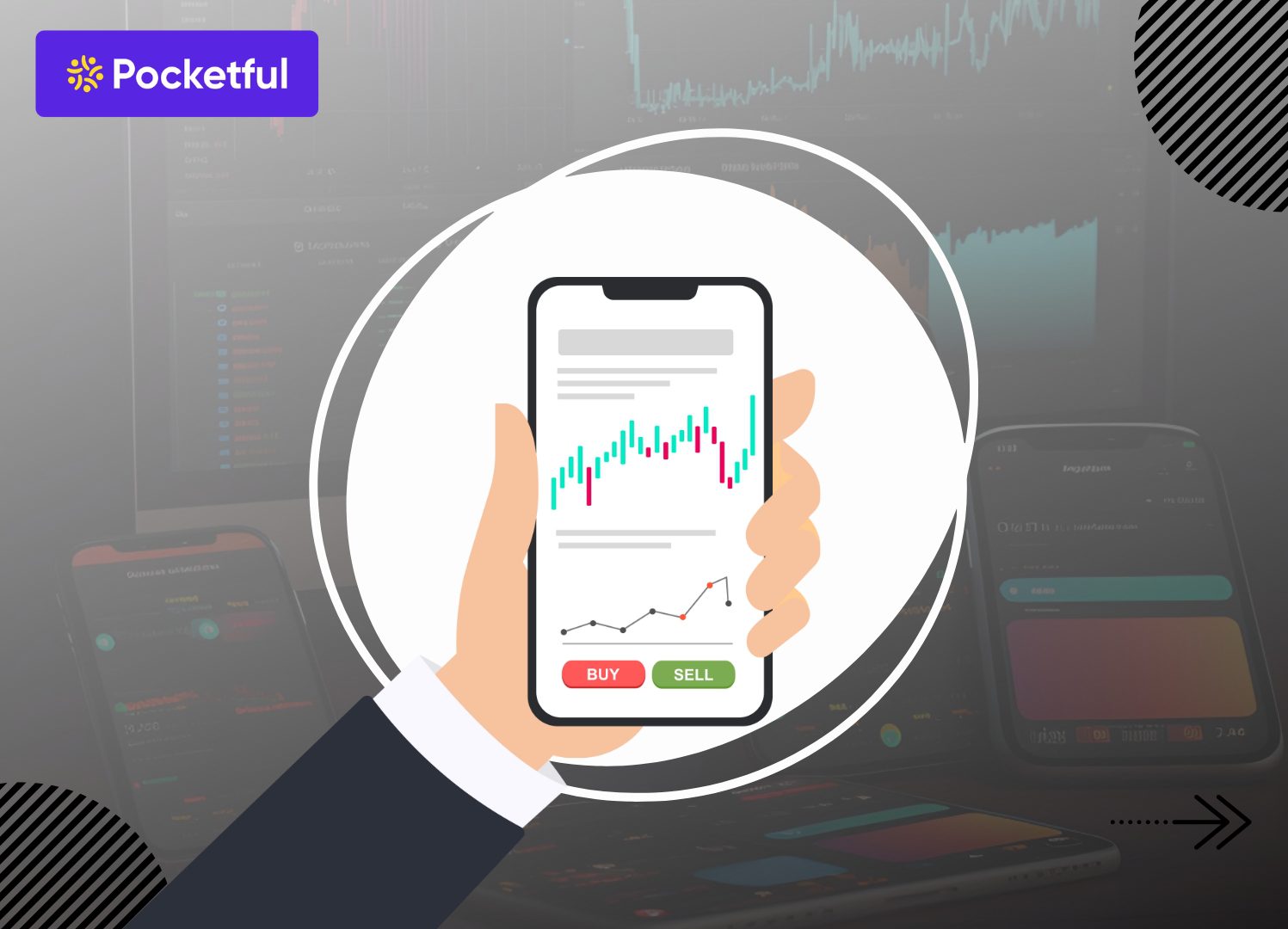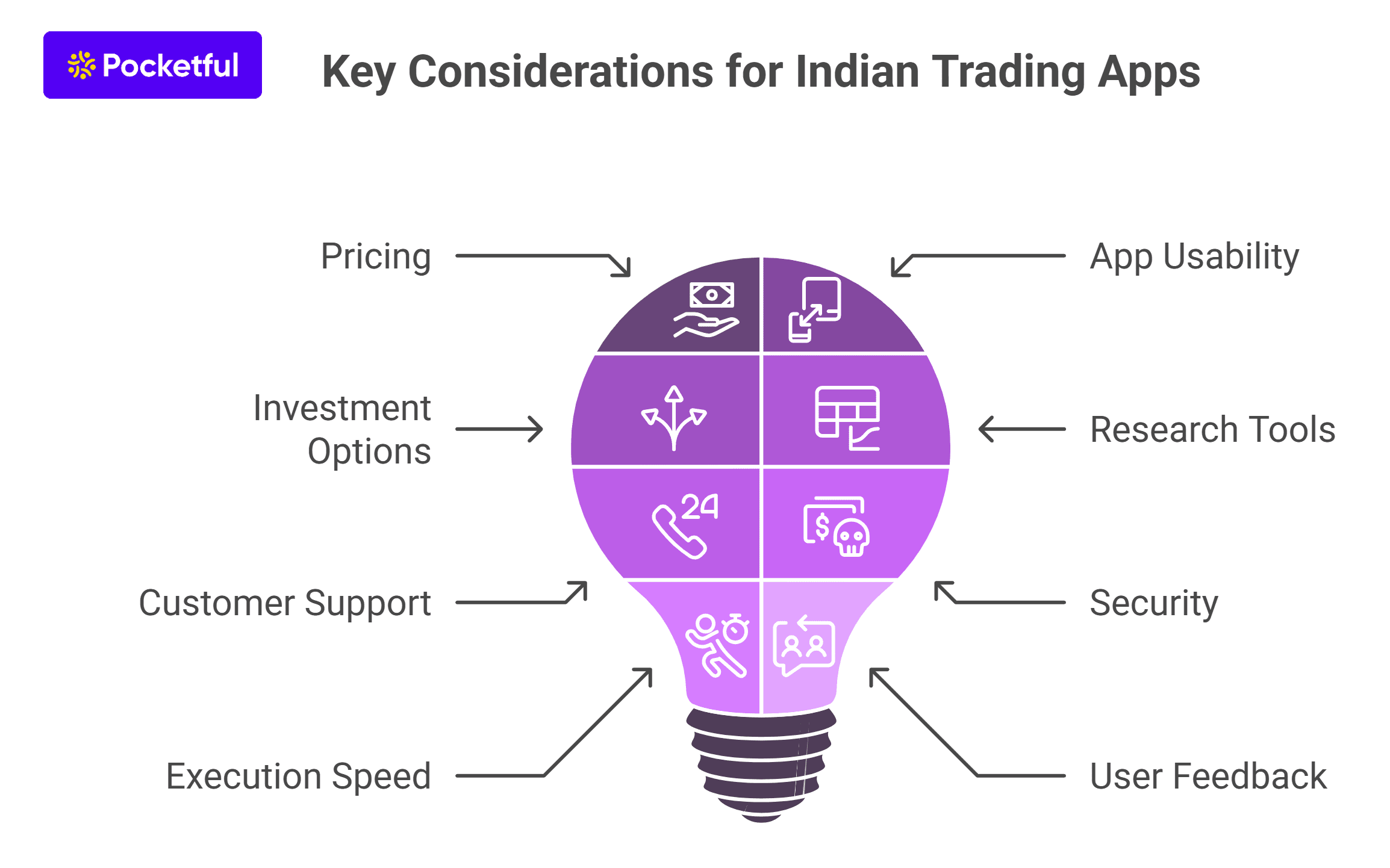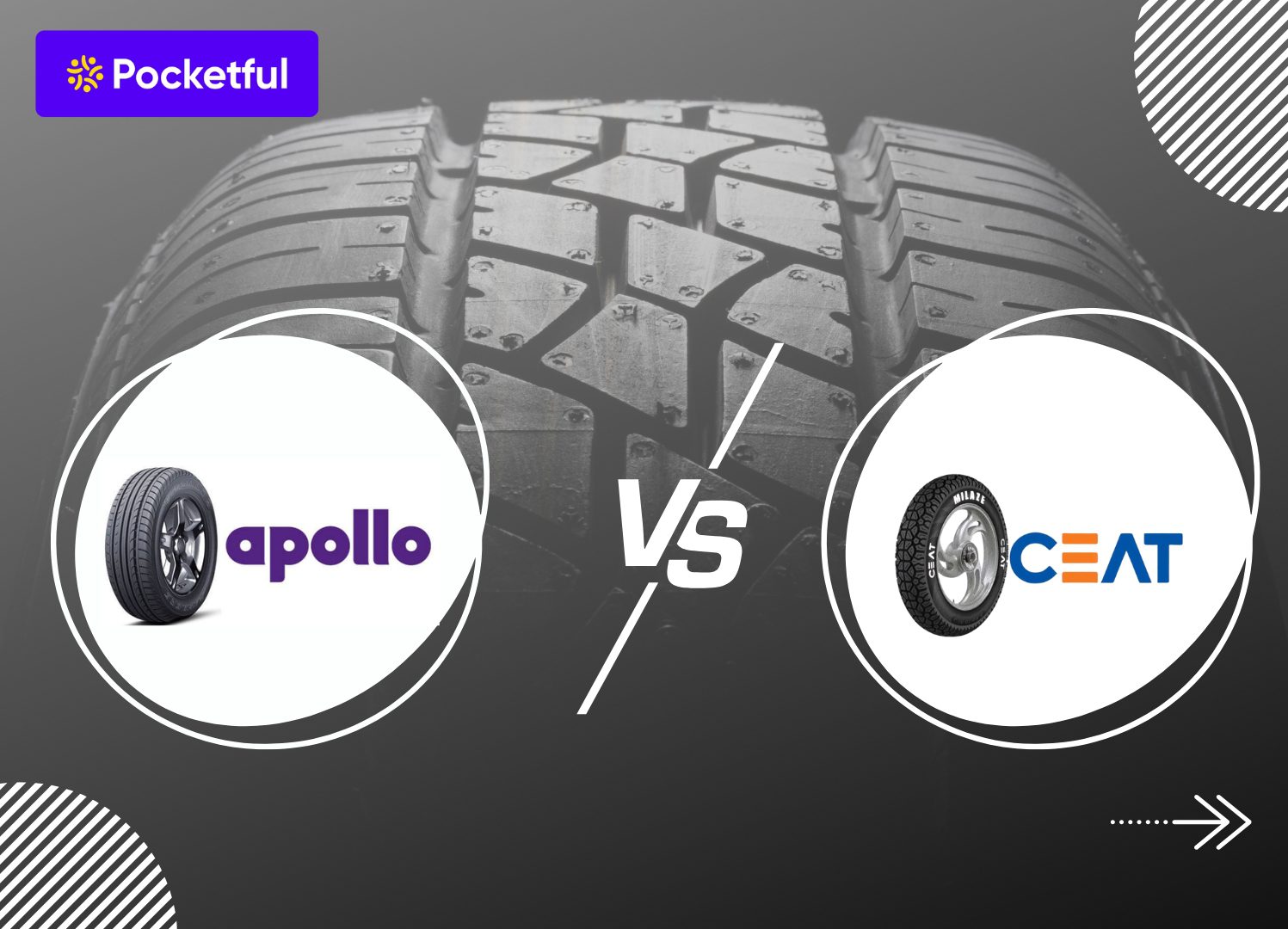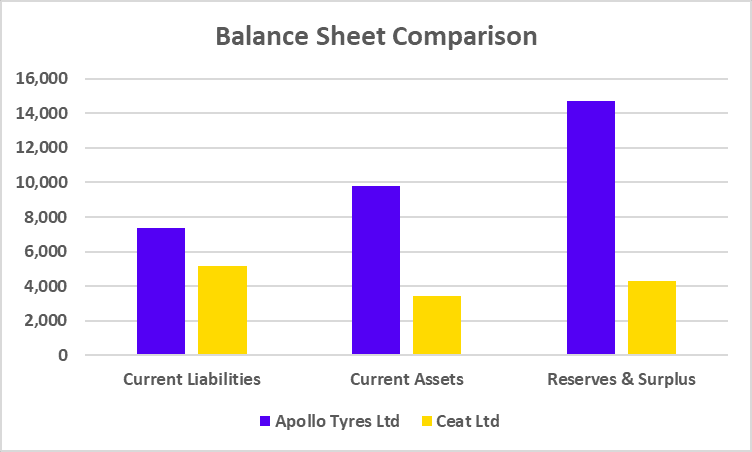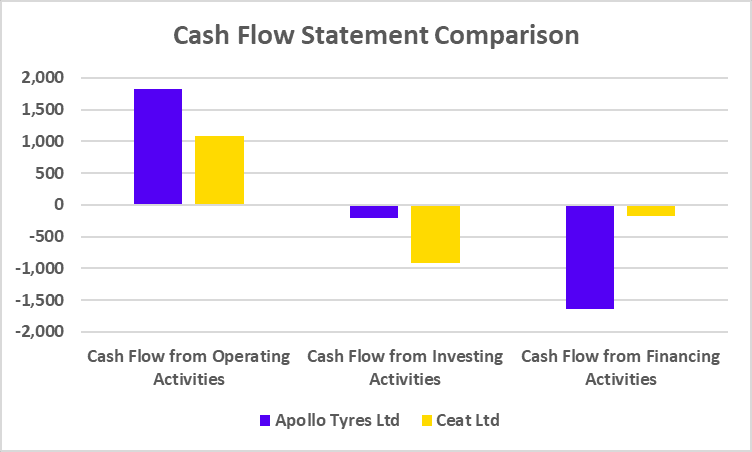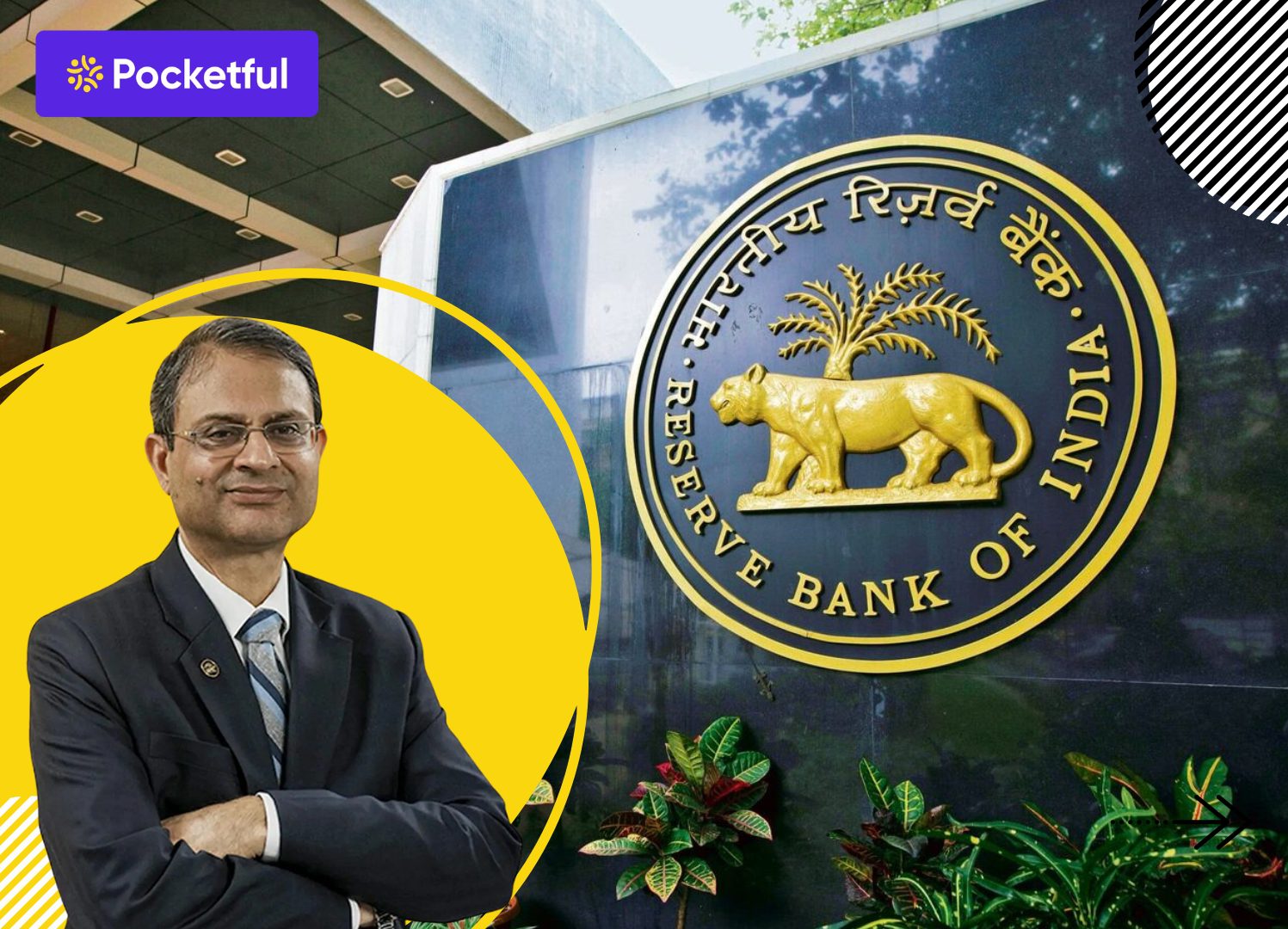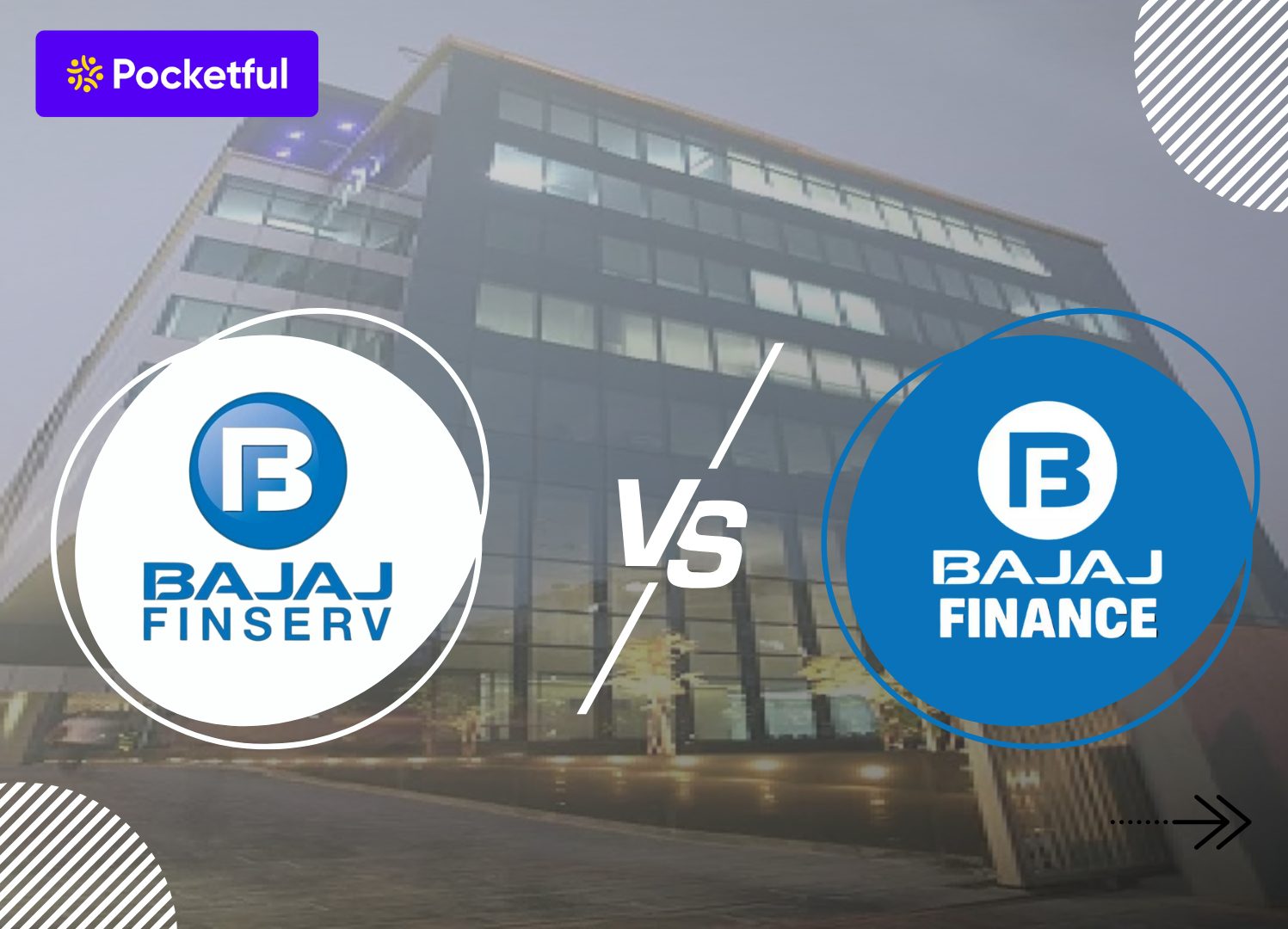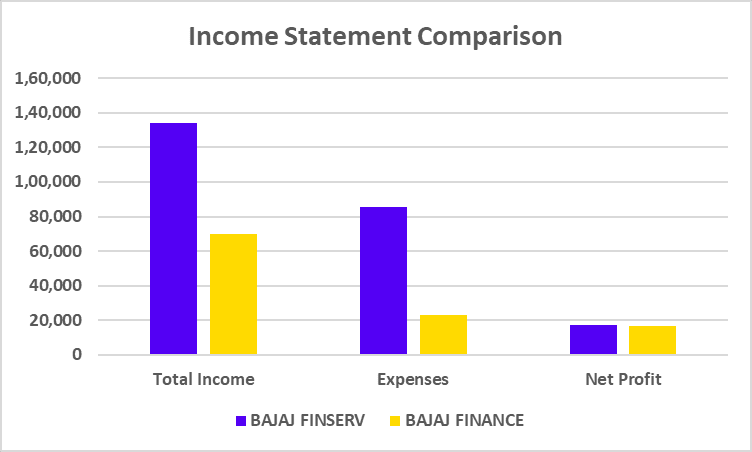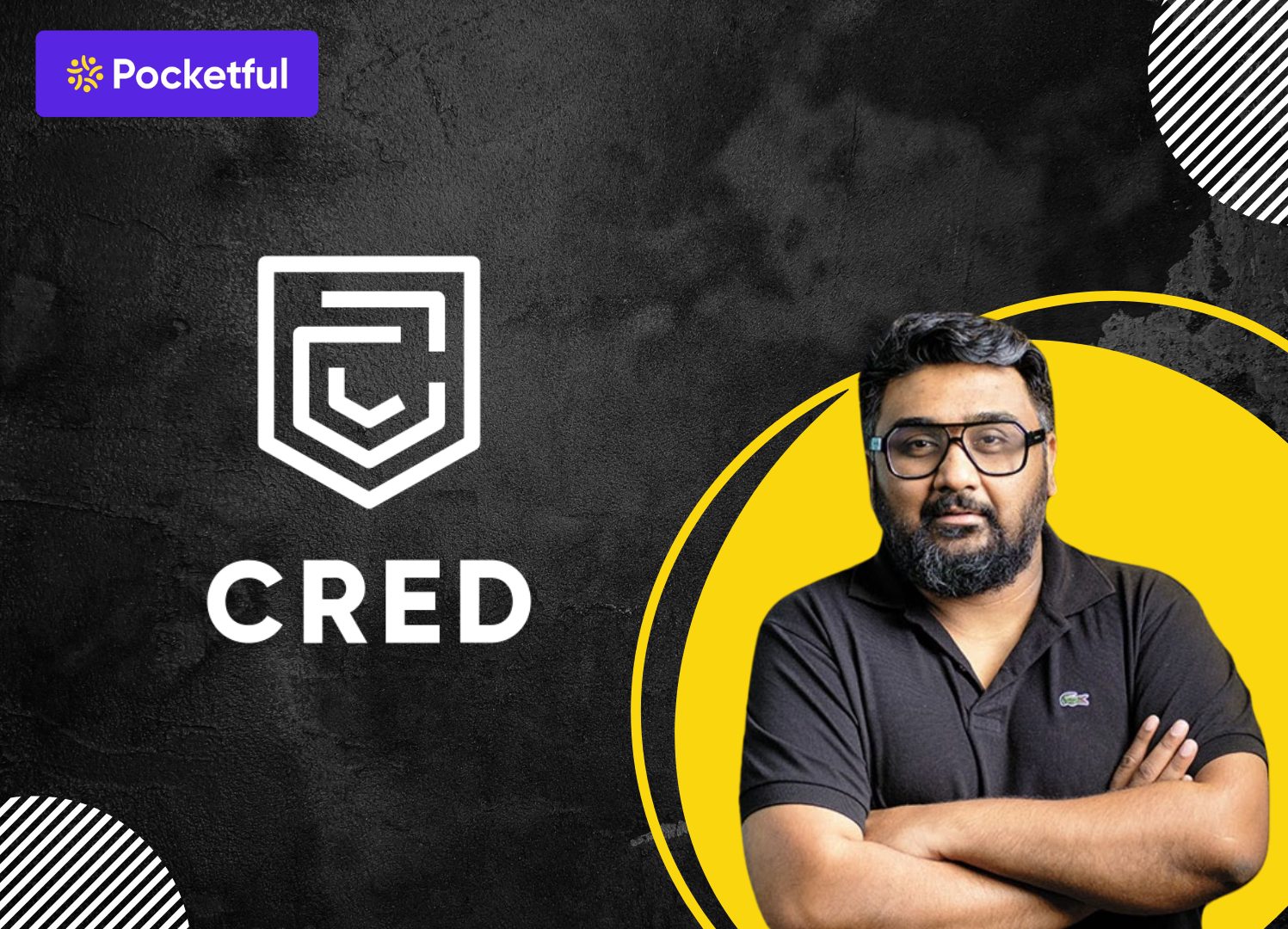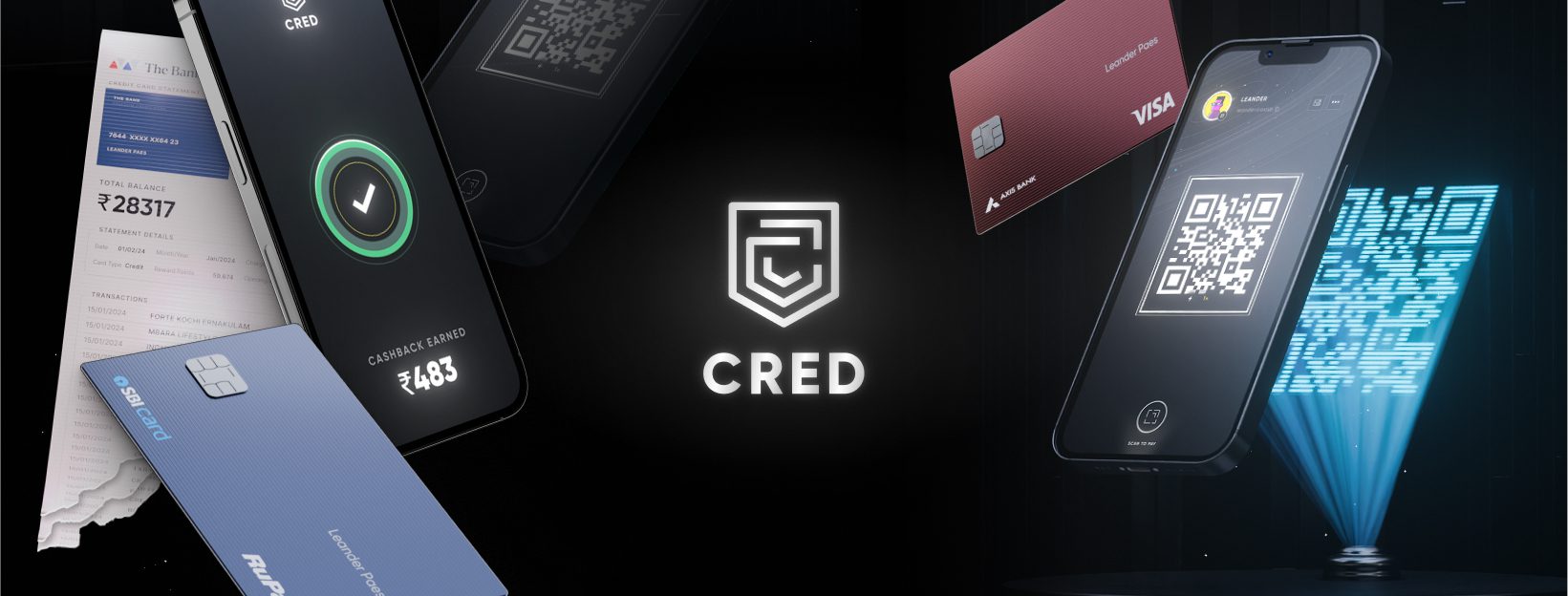Ever looked at the price tag of that beautiful gold necklace and wondered why it costs so much more than the “per gram” rate you see online? It’s not just the making charges, it is the GST on gold purchase that’s quietly increasing the price tag.
For Indian families planning weddings or looking to invest, understanding GST on gold purchase in India 2025 isn’t just general knowledge; it’s essential financial wisdom. The government keeps tweaking these rates, leaving jewellers scrambling and buyers confused. Remember when GST first hit the gold market? The chaos was real.
In this blog, we will discuss the GST applicable on Gold purchase in India in 2025.
What is GST & Why does it apply to Gold?
GST stands for Goods and Services Tax. It’s a single, nationwide tax that replaced all the complicated old taxes like VAT, excise duty, and service tax back in July 2017. The idea behind GST is simple, and instead of having different taxes at every step, we now have one clear tax rate applicable across the country on most goods and services, including gold.
When you buy gold, whether it’s jewellery, coins, or even digital gold, you’re making a purchase, and purchases are taxable.
Here’s why GST applies to gold:
- Just like clothes or electronics, gold is a physical item you’re buying, so it falls under GST.
- The amount you pay for the design and craftsmanship of jewellery (called making charges) is considered a service, and services are also taxed under GST.
- Before GST, different states had different taxes on gold. Now, it’s the same across India, which makes things a lot simpler for buyers. It brings transparency, i.e., with a uniform tax rate, it’s easier to understand what you’re paying for, and harder for sellers to hide extra charges.
So in short, GST helps bring clarity, fairness, and consistency to gold purchases — whether you’re buying a simple gold coin or a wedding necklace.
GST Rate on Gold
The GST rate on gold in India is currently set at 3% on the value of gold purchased.
- 1.5% Central GST (CGST)
- 1.5% State GST (SGST)
For interstate transactions, a 3% Integrated GST (IGST) applies instead of the CGST and SGST combination.
1. Additional GST on Making Charges
Making Charges are defined as charges that are applied to the labour cost charged by jewellers for crafting the gold into jewellery
Besides the basic rate on gold value, there is an additional GST on making charges:
- 5% GST is applicable on making charges for gold jewellery
2.Total GST Calculation Formula
To calculate the total GST amount on your gold purchase:
- Calculate GST on the gold value:
Gold Value × 3% = GST on Gold Value - Calculate GST on making charges:
Making Charges × 5% = GST on Making Charges - Determine the total GST amount:
Total GST = GST on Gold Value + GST on Making Charges - Calculate final purchase price:
Final Price = Gold Value + Making Charges + Total GST
For Example
You want to buy gold worth ₹50,000 with INR 3,000 as making charges.
Now, let us calculate the total amount payable by Mr. A when purchasing Gold.
Total value of Gold = ₹50,000
GST Payable = 3% * ₹50,000 = ₹1,500
GST Payable on Making Charges = 5% of 3,000 = ₹150
Amount Payable = ₹50,000 + ₹1,500 + ₹150
= ₹51,650
Factors Affecting GST Calculation
Several factors influence the final GST amount:
- Purity of Gold: Higher karat gold generally means higher gold value and consequently higher GST.
- Weight of the Gold: More weight equals more value and higher GST.
- Complexity of Design: Intricate designs lead to higher making charges and thus higher GST on those charges.
Understanding how GST is calculated helps consumers make informed decisions when purchasing gold and enables better financial planning for significant gold investments.
Read Also: Gold BeES vs Gold ETF: Meaning, How It Works, Taxation
GST On 24 Carat Gold Rate in India 2025
24 carat gold represents the purest form of gold available in the market, with 99.9% purity. As we enter 2025, the GST structure for this premium quality gold remains consistent with the unified tax framework implemented across India.
For 24-carat gold purchases in 2025, the GST rate continues to be 3% on the value of gold purchased. This rate applies uniformly across all states in India, ensuring consistency in pricing nationwide.
Special Considerations for 24 Carat Gold
Pure 24-carat gold has some distinct considerations under GST:
- Gold bars and coins – Standard 3% GST applies to all forms of 24 carat gold, whether coins, bars, or bullion.
- Digital gold – When purchasing 24-carat gold in digital form, the same 3% GST applies at the time of allocation.
- Import implications – Imported 24-carat gold attracts customs duty in addition to the 3% GST, affecting the final price.
The consistent application of the 3% GST rate on 24-carat gold provides clarity for investors and consumers alike, making tax calculation straightforward regardless of where the purchase is made within India.
Read Also: Gold ETF vs Gold Mutual Fund: Differences and Similarities
22 Carat Gold GST Rate in India in 2025
The GST rate for 22 carat gold in India follows the same tax structure as other gold purities, with a combined rate of 3% GST. This rate applies uniformly across the country, ensuring consistency in gold pricing regardless in which state you purchase gold.
1. GST Breakdown for 22 Carat Gold
For 22 carat gold, which contains 91.6% pure gold (22 parts gold out of 24), the GST is applied as follows:
- Basic GST rate: 3% (comprising 1.5% CGST and 1.5% SGST)
- GST on Making charges : 5% of making charges
2. GST On 18 Carat Gold Purchase
When you buy 18-carat gold, you’re usually purchasing it in the form of jewellery, often mixed with diamonds, gemstones, or modern designs. Since it contains less pure gold than 22K or 24K, it’s more affordable, but GST is still applied.
Here is how GST is charged on 18K Gold Jewellery,
- 3% GST on the gold value and 5% GST on making charges
GST on Digital Gold and Gold ETFs in India
With more people turning to online platforms to invest in gold, digital gold and Gold ETFs have become popular alternatives to physical jewellery. But what about taxes? Let’s break it down in simple terms:
What is Digital Gold?
Digital gold is actual gold purchased online and stored safely in a vault by the company offering digital gold. You can start with as little as ₹100 worth of gold.
Is GST Applicable on Digital Gold?
Yes, GST is charged on digital gold just like on physical gold.
- 3% GST is added at the time of purchase.
- This tax is on the gold’s value, not on the service or platform fee.
- Even though you’re buying it online, it’s still physical gold being stored for you, so the same GST rules apply.
So, if you buy ₹1,000 worth of digital gold, you’ll be paying ₹1,030 (₹1,000 + ₹30 GST).
What About Gold ETFs?
Now, here’s where things are different: investment gold products like ETFs and bonds are treated more like financial assets than physical goods.
Gold ETFs (Exchange Traded Funds):
- No GST is charged when you buy or sell Gold ETFs.
- You may pay brokerage charges and Securities Transaction Tax (STT), but not GST.
- However, when Gold ETFs are redeemed for physical gold, 3% GST applies on the actual gold delivered.
To summarise,
| Type | Description | GST Rate |
|---|---|---|
| 24 Carat Gold | Pure gold (like coins or biscuits) | 3% |
| 22 Carat Gold | Commonly used in traditional jewellery | 3% |
| 18 Carat Gold | Popular in fashion and diamond jewellery | 3% |
| Digital Gold | Becoming increasingly popular among younger investors. | 3% |
| Gold ETF | Gold ETF units are stored in demat account | Nil |
| Making Charges | Design, labour, and processing fees for jewellery | 5% |
Read Also: How to Invest in Gold ETF – Benefits, Risks and Charges
Conclusion
Gold never goes out of style, but how we purchase or invest in it has evolved, mainly because of GST. Knowing how GST works helps you plan your purchase and prevents surprises when you get your bill. If you understand the applicable taxes, you will have a better idea of how to make the most of your shopping budget. However, it is advised to consult a tax professional for more information about how GST is charged on gold purchases.
Frequently Asked Questions(FAQs)
What is the GST rate on gold in India?
3% GST is charged on the value of gold purchased.
Is GST charged on making charges for gold jewellery?
Yes, 5% GST is charged on making charges.
Is GST the same for 18K, 22K, and 24K gold?
Yes, all are taxed at 3% on gold value, regardless of purity.
Can I avoid GST when buying gold?
No, GST is mandatory and included in all legal gold purchases.
Is GST refundable on gold purchases?
No, GST paid on personal gold purchases is not refundable.


